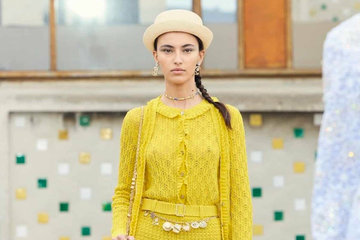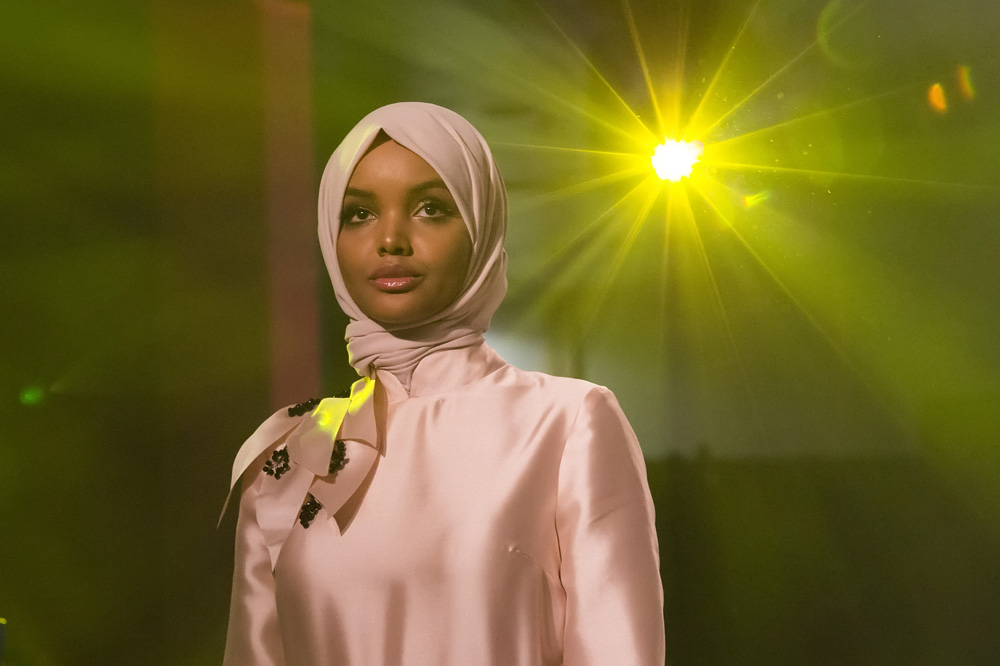
“Is modest fashion the next big thing?” asks Forbes, “The next big untapped fashion market: Muslim women,” announces Fortune, “The rise of ‘modest’ fashion,” reports CNN. Modest fashion has been making headlines in the past year with Western designers scrambling to create collections that cover most of the body in order to appeal to Muslim women.

At the same time, Muslim models have been gracing catwalks and magazine covers at an unprecedented rate. Somali-American model Halima Aden was the first hijabi to walk in New York and Milan Fashion Weeks, becoming a rising star in the industry. Mariah Idrissi - a British model of Moroccan and Pakistani descent - was the first hijabi to be cast in a major high street fashion campaign with H&M. Nike recently unveiled the Nike Pro Hijab, the first performance and sports hijab produced by global sportswear brand along with an empowering video featuring Muslim sports women.
Reactions have been generally positive, with the Western fashion industry being lauded for its efforts to include one of the most marginalised groups in society - Muslim women. However, others have started to question the industry’s intentions and the ability to empower Muslim women whilst profiting from their fashion choices.
A Billion Dollar Industry
Indeed, it’s not by chance that Western brands have tapped into the modest fashion market. According to this year's’ Thomson Reuters Global Islamic Economy Report, Muslim markets are wielding more power globally than ever before. Muslim consumers spent an estimated $243 billion on clothing and footwear in 2015 (11% of global spending), a number which is expected to rise to $368 billion by 2021.
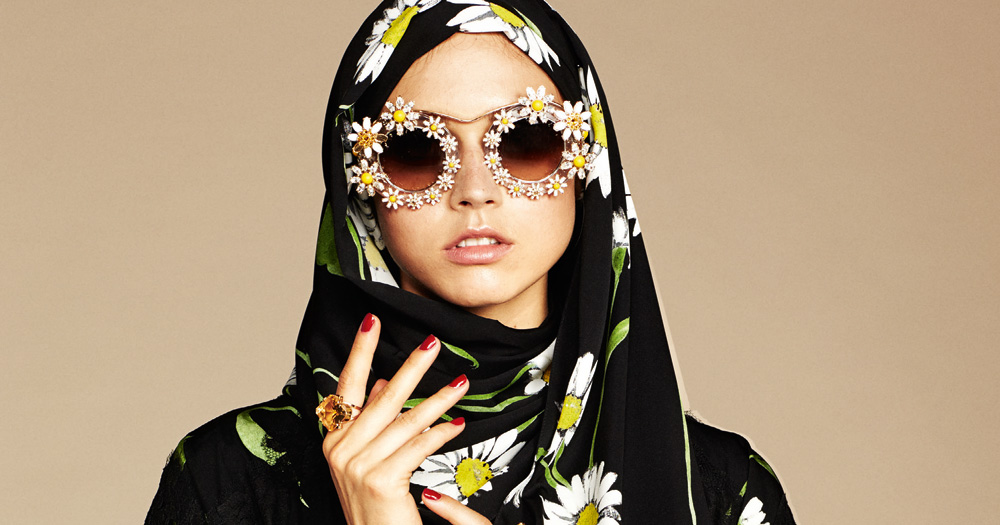
The Middle Eastern luxury market itself is worth an estimated $8.7 billion, something that hasn’t gone unnoticed by luxury brands. Dolce & Gabbana was one of the first Western fashion brands to explore the modest fashion market when it launched a collection of hijabs and abayas in 2016.
"All luxury brands are being forced to think more strategically about how to appeal to observant women, with numerous religious backgrounds,” Elizabeth Paton, European style correspondent for The New York Times told CNN. “They can't ignore the growing chorus of voices globally demanding more choice."
However, rather than discuss the amazing step forward this move signalled for the representation of Muslim women in the fashion industry, many outlets focused on the financial benefits. Forbes called it Dolce & Gabbana’s “smartest move in years,” whilst Vogue pointed out that high-end fashion houses had made similar cultural modifications to their collections a decade ago when the East Asian markets were booming.
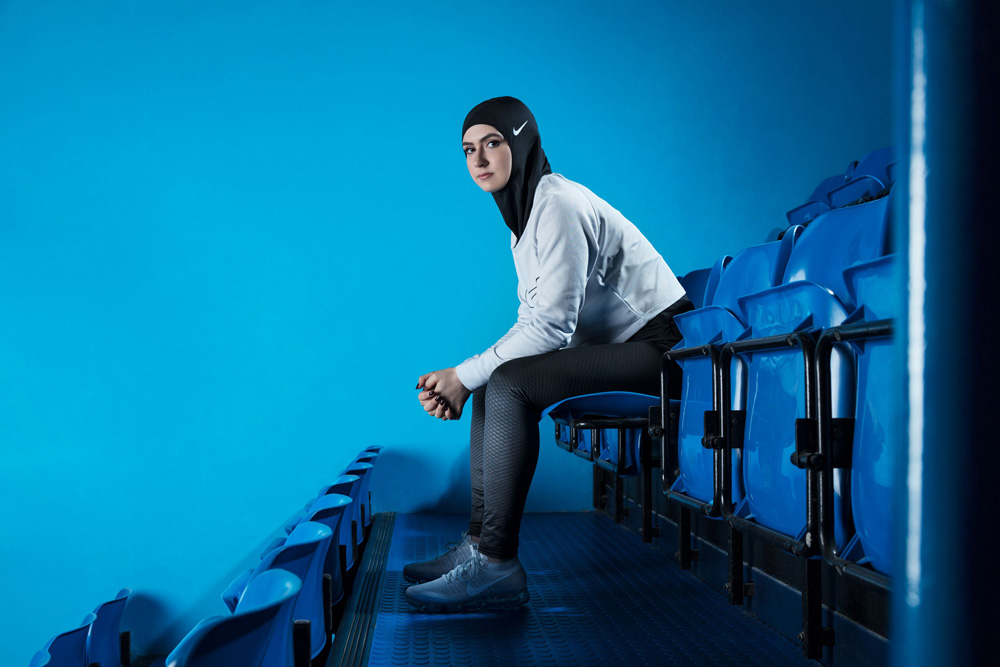
Comments like these make it difficult to view fashion’s move to modesty as genuine - rather than just a strategic decision to boost profits by riding the trendiest marketing wave.
Modest Fashion Isn’t New
Although modest fashion has become the new buzz word in the fashion industry, Muslim and non-Muslim women have been dressing modestly for decades - regardless of what was labeled fashionable in Western countries.
“It’s dangerous to assume that it’s only now modest fashion has become popular,” Saudi Arabian TV presenter Muna Abu Sulayman told the Guardian. “When we talk about Muslim fashion entrepreneurs, who are we talking about? They’ve been around for years. There are really great designers coming out from Saudi Arabia, from Malaysia…” The difference: “It’s only now that the west has recognised this.”

The prolific rise of modest fashion in the West has left some Muslim consumers in a state of unease, not knowing which brands actively care about their religious and cultural backgrounds and which are more interested in making profit.
“It’s important that brands and marketing campaigns try to have an authentic conversation with this audience rather than simply sticking a ‘modest’ sticker on everything and hoping it will sell,” Muslim fashion blogger and entrepreneur Nabiilabee told the Guardian.
Spotlight on Muslim Talent
Regardless of the reasons behind the West’s current obsession with modest fashion, the coverage it has received has given Muslim talent an opportunity to shine.
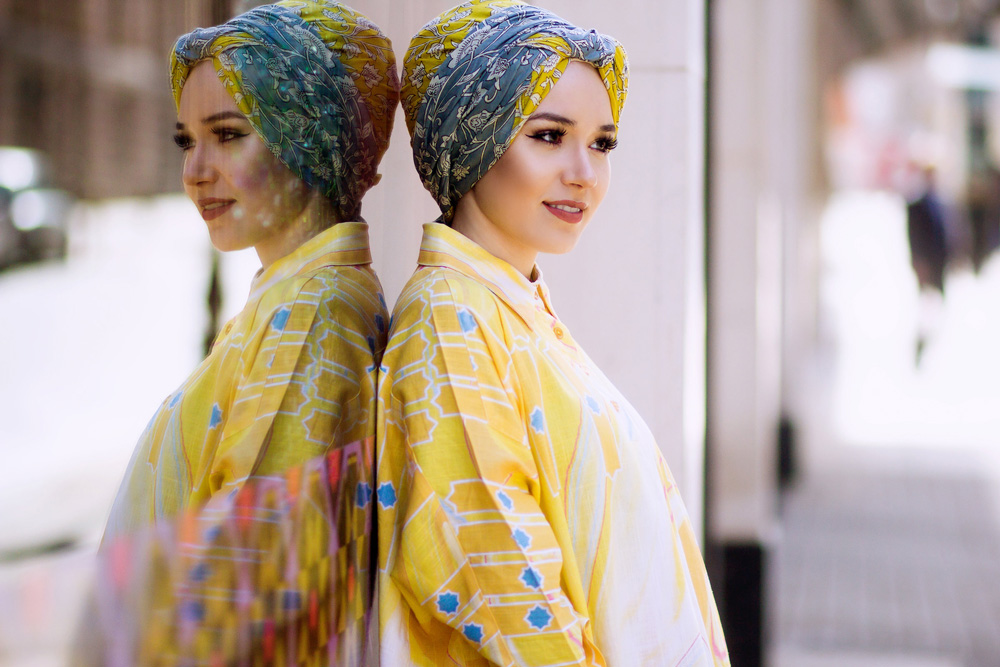
Hijabi blogger Nabiilabee
“Hijabi bloggers and influencers weren’t really being seen by advertisers or companies, so we had to create a platform which united other Muslim women who were facing fashion dilemmas,” said Nabiilabee. “The problem still exists today; however, there is a lot more choice and those women who were once isolated by the high street have launched their own collections, like Arabian Nites, Aab and Verona Collection and my own Nabiilabee.”
By taking modest fashion into their own hands, Muslim fashionistas, designers and businesswomen can make sure that it isn’t just used as a Western marketing tool and remains a fashion staple for seasons to come.

